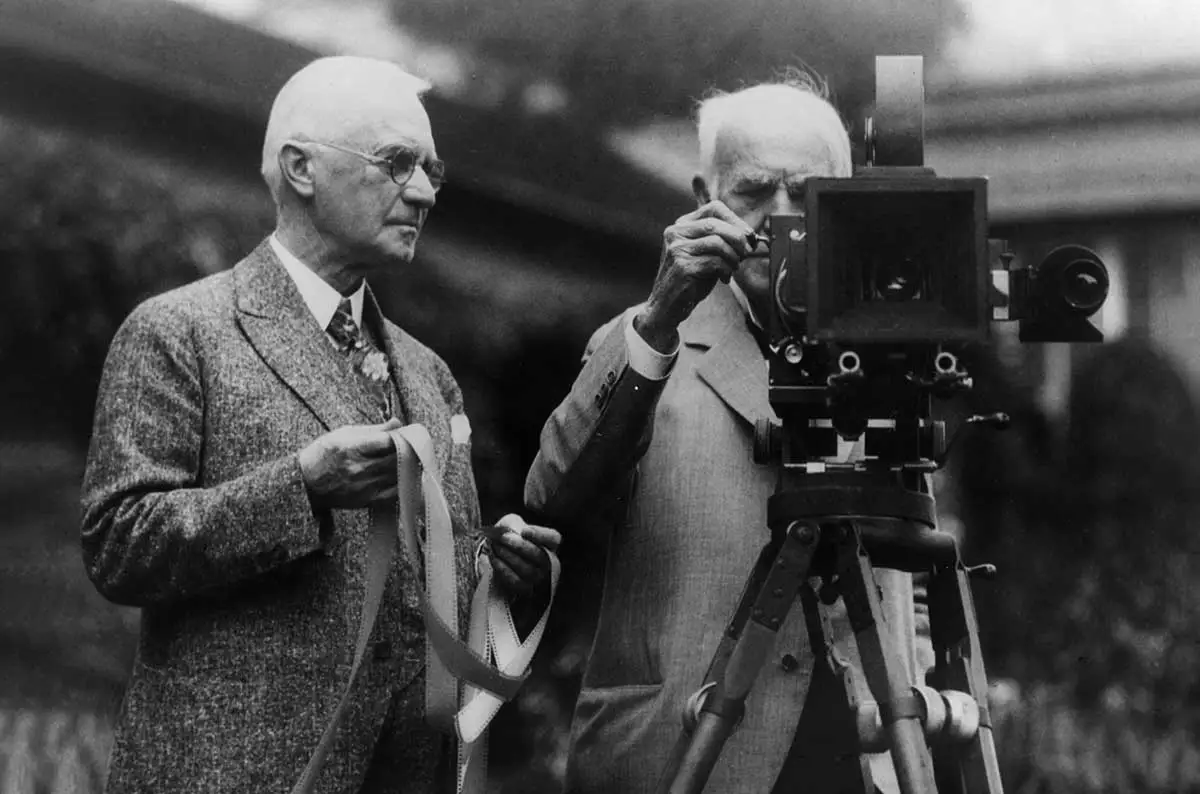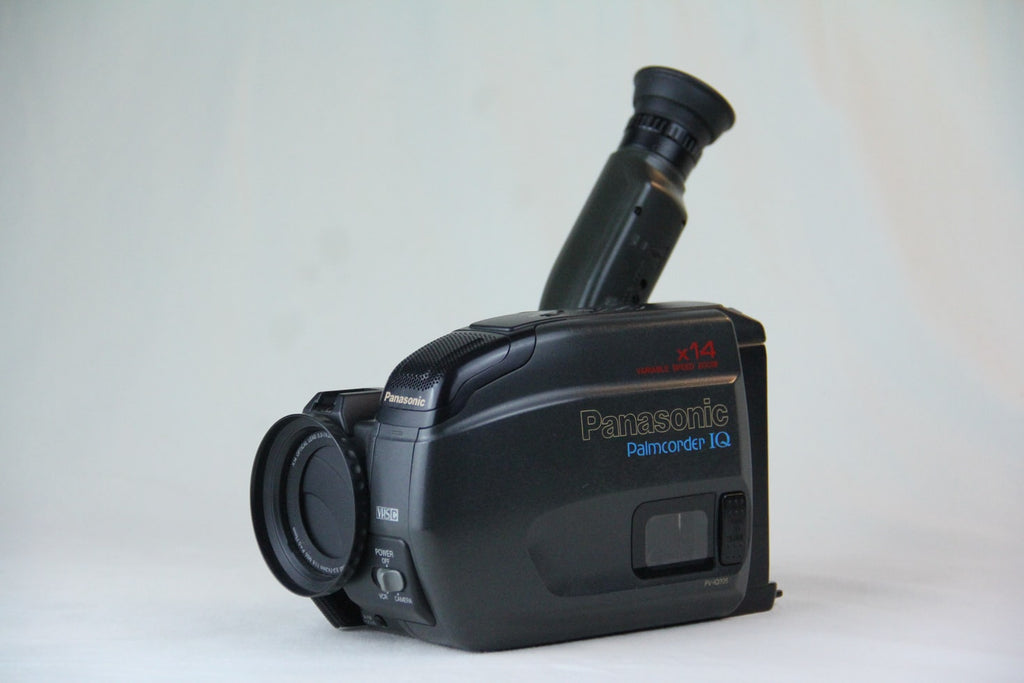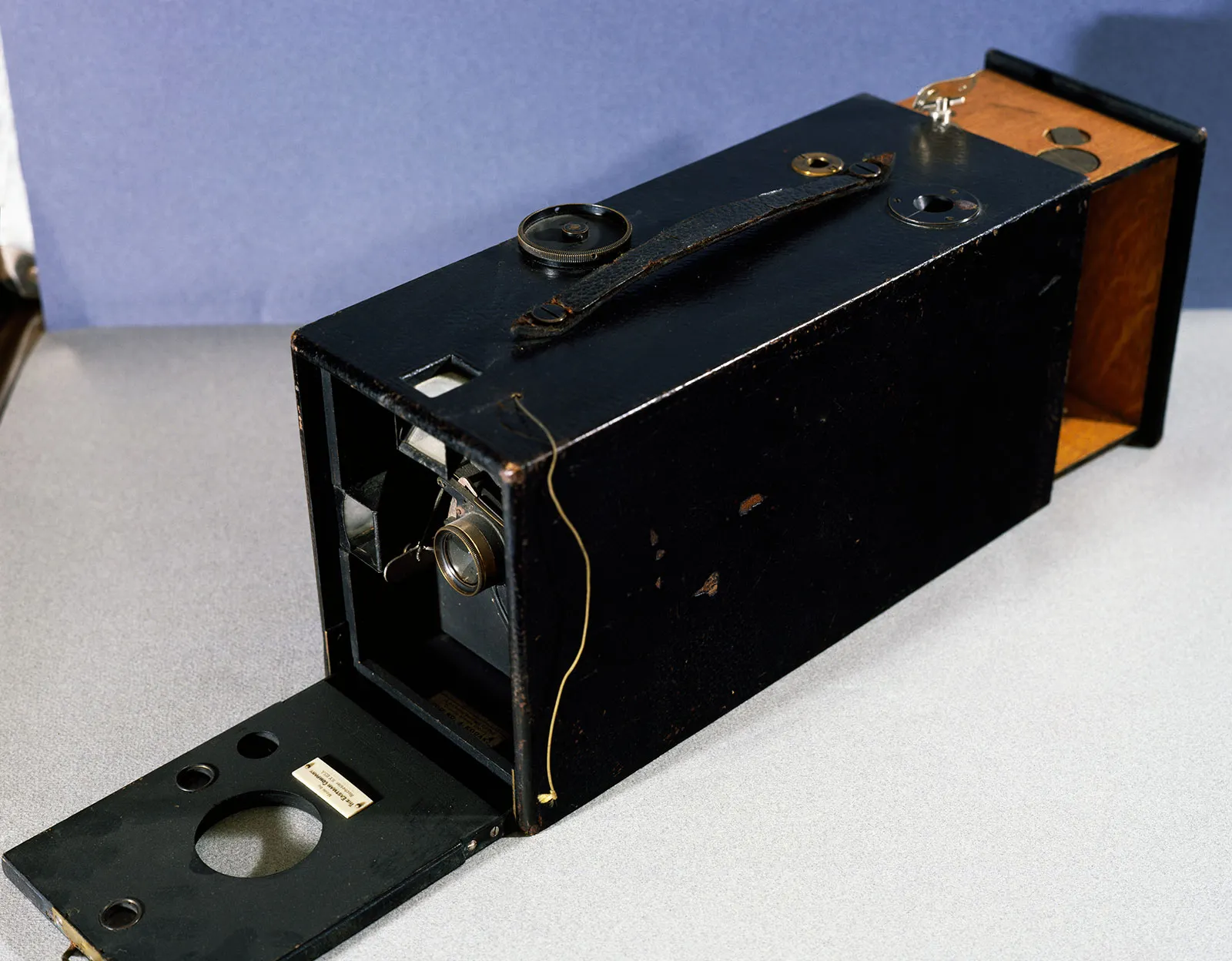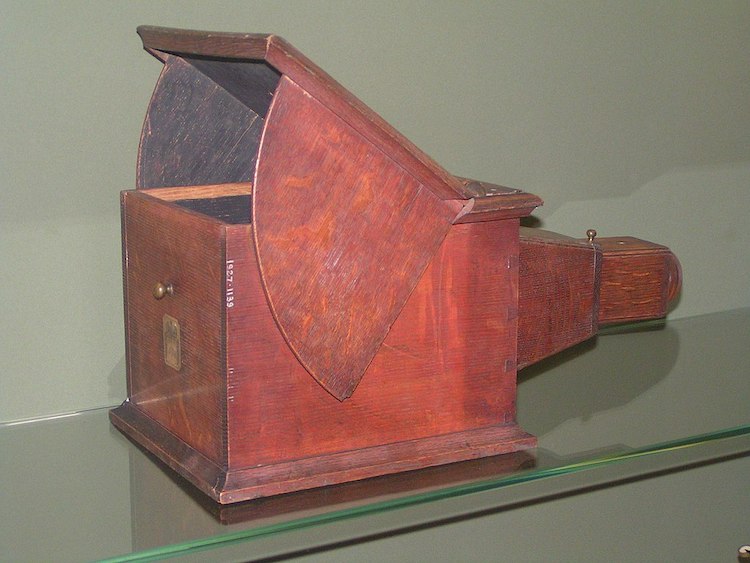The evolution of the camera has been a remarkable testament to the ingenuity of human invention. From its inception as a simple lightproof box to the sophisticated digital devices we use today, the camera has continuously transformed the way we capture and preserve moments. In this article, delve into the origins of the camera, the landmark advancements in its design, the transition to digital, and, finally, how modern technology integrates with camera development to shape our experiences.
The Origins of Photography: From Camera Obscura to Daguerreotype
A Glimpse into Early Imaging Techniques
The tale of the camera begins with a device called the camera obscura, a darkened room or box with a pinhole or lens at one side projecting an image onto a surface inside. It was initially used for understanding light and optics and later became a tool for artists to outline scenes and landscapes accurately. The camera obscura was not a camera in the modern sense; it produced no permanent image.
The Dawn of Permanent Images
Permanent photography as we know it kicked off with the work of Joseph Nicéphore Niépce, who in the 1820s developed the first fixed image that didn’t fade quickly. His work paved the way for his partner Louis Daguerre to refine the process, eventually developing the daguerreotype in 1839, which is often regarded as the first practical photographic process. These early images required long exposure times and were one-of-a-kind since they couldn’t be replicated directly.

Advancements in Camera Technology
The Introduction of Film
The next significant advancement in camera technology came with the introduction of film. In the late 19th century, the invention of flexible roll film allowed for multiple exposures and the development of smaller, portable cameras. George Eastman played a pivotal role with the creation of the Kodak camera in 1888, which came pre-loaded with a 100-exposure roll of film. This development democratized photography, making it more accessible to the general public.
Refining the User Experience
Parallel with film advancements were improvements in camera design, focusing on enhancing the experience for photographers. The 35mm film, introduced by Oskar Barnack of Leica in the 1910s, would become a standard. SLRs (single-lens reflex cameras) with interchangeable lenses and built-in light meters offered photographers more control over their images. Each new design aimed to provide greater convenience, better image quality, and foster creativity.

The Transition to Digital Photography
The Onset of the Digital Era
The digital revolution began in the late 20th century when cameras started to use electronic sensors instead of film to record images. These digital cameras enabled photographers to see their results instantly, radically transforming the field by streamlining the process of taking and developing photographs. Early models were prohibitively expensive and offered low resolution, but they set the stage for widespread changes to come.
Impact on the Industry and Consumers
Digital technology’s growth caused a decline in traditional film markets, with companies like Kodak struggling to adapt. However, the advantages for consumers were undeniable, as people now had the ability to take countless photographs without concern for film or development costs. This ability to shoot, delete, and edit on the fly made photography a broadly enjoyed pastime and significantly impacted the professional sphere by accelerating workflows and enabling new creative techniques.

Modern Cameras and Technological Integration
The Rise of Smartphone Photography
In modern times, the camera has become more than a standalone device—it’s a key feature integrated into smartphones. The smartphone camera revolution, heralded by the likes of Apple’s iPhone and Samsung’s Galaxy series, has brought high-quality imaging capabilities to the pockets of millions. These devices continuously improve with more advanced sensors and artificial intelligence, making capable photography tools increasingly ubiquitous.
Cameras in the Age of Connectivity
Modern cameras, be it DSLRs, mirrorless, or smartphone cameras, are not just about taking pictures; they’re about instant sharing and cloud storage, connecting to a global network in the blink of an eye. Built-in Wi-Fi and Bluetooth allow for seamless transfer of images, while social media platforms enable instantaneous sharing with audiences around the world.

Exploring New Frontiers in Image Capture
Unmanned Aerial Vehicles and Photography
Drones have taken photography to new heights, literally and figuratively. Unmanned aerial vehicles equipped with cameras now allow for breathtaking aerial shots that were once exclusively the domain of professional filmmakers and pilots. These devices have opened up new possibilities for capturing landscapes, real estate, and events from perspectives that ground-based photographers can rarely achieve. With advancements in stabilization and automated flight paths, drones offer both professionals and hobbyists the chance to explore photography from a whole new vantage point.
The Frontiers of Computational Photography
The future of photography lies not only in hardware improvements but also in computational advancements. Techniques like high dynamic range (HDR) imaging, focus stacking, and light-field technology are redefining what cameras are capable of capturing. Machine learning algorithms can enhance image quality in real-time, clean up noise, or even generate missing details. The lines between photography and computer science are blurring, giving rise to cameras that can almost ‘think’ as they compose and refine images, ensuring the best possible outcome even in challenging lighting or motion conditions.

Photography as a Means of Personalisation and Expression
Customization in Camera Systems
In recognition of the diversity of photographic applications and user preferences, customization is becoming an integral part of camera systems. Mirrorless cameras, for instance, allow for extensive personalization of settings and controls, enabling photographers to tailor the devices to their particular style of shooting. Software add-ons and camera apps can also add functionality to cameras, such as time-lapse features or specialized filters, further expanding the creative potential.
Cameras as Tools for Storytelling
At its core, photography is a storytelling medium, and modern cameras have become potent tools in service of this end. The rise of visual platforms has amplified the demand for compelling imagery. People from all walks of life are harnessing the power of cameras. They use cameras to document their experiences. Some advocate for causes with their photographs. Others simply share their artistic vision with the world. Photos can be taken through a sophisticated DSLR lens. Alternately, the immediacy of a smartphone camera can be utilized. Each picture taken and shared becomes a pixel. This pixel contributes to the larger picture of our global narrative.
In conclusion, the camera’s journey is a story of persistent innovation and reinvention. It started from rudimentary beginnings. Now, it has reached sophisticated forms. The journey goes from the camera obscura’s dampened interiors. It extends to cutting-edge image sensors in our smartphones. The camera’s story reflects enduring curiosity. There’s an ever-present impulse to capture and immortalize histories. These include both collective and personal narratives. Considering the camera’s evolution is vast. We can only speculate about future developments with excitement. These developments await the next generation. This generation consists of photography enthusiasts and professionals alike.
